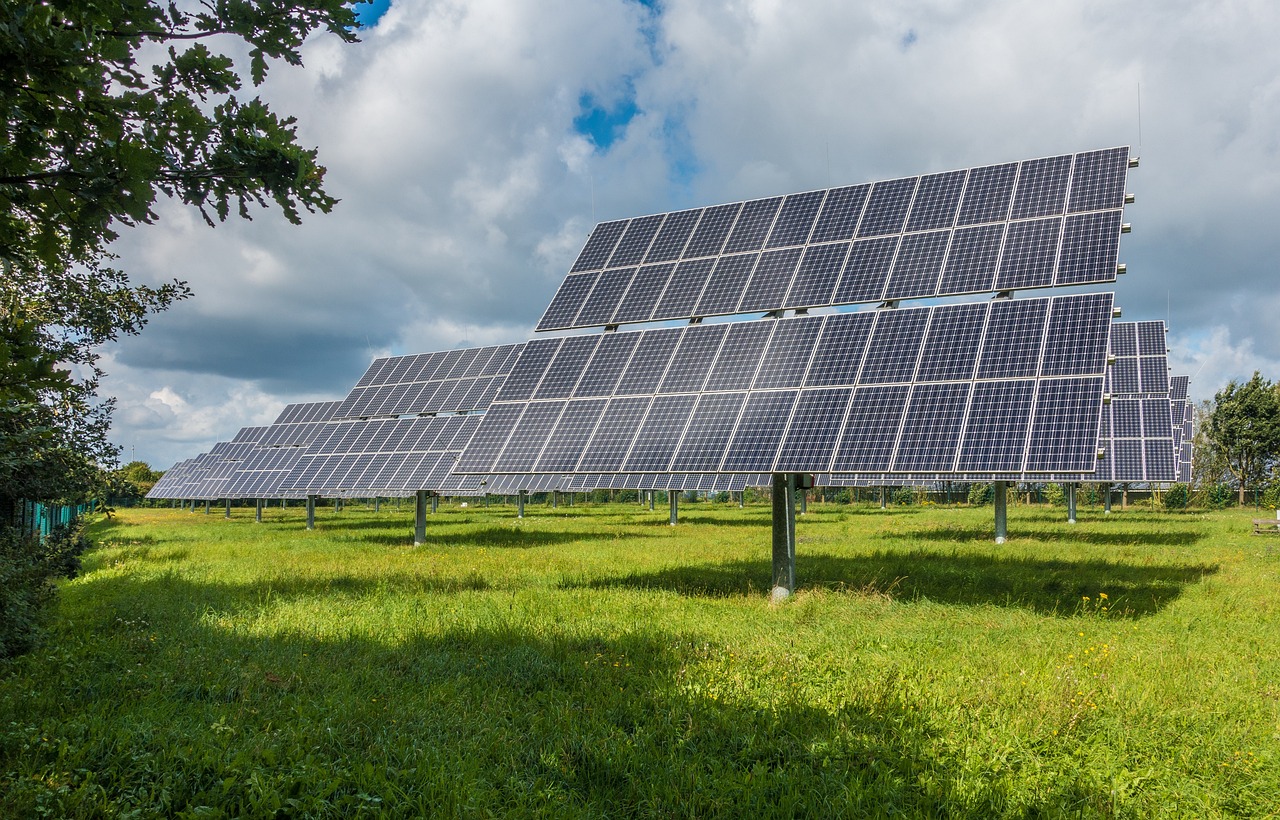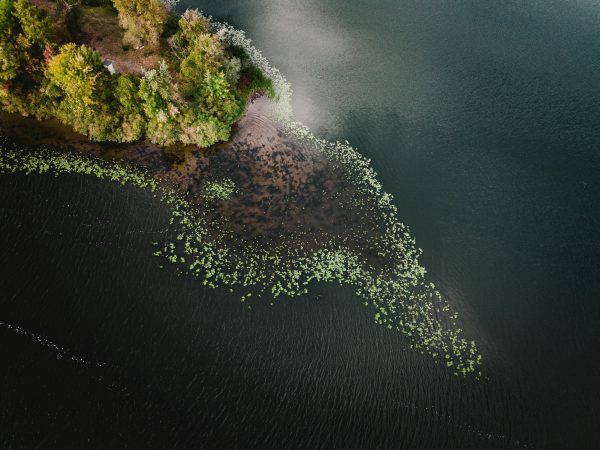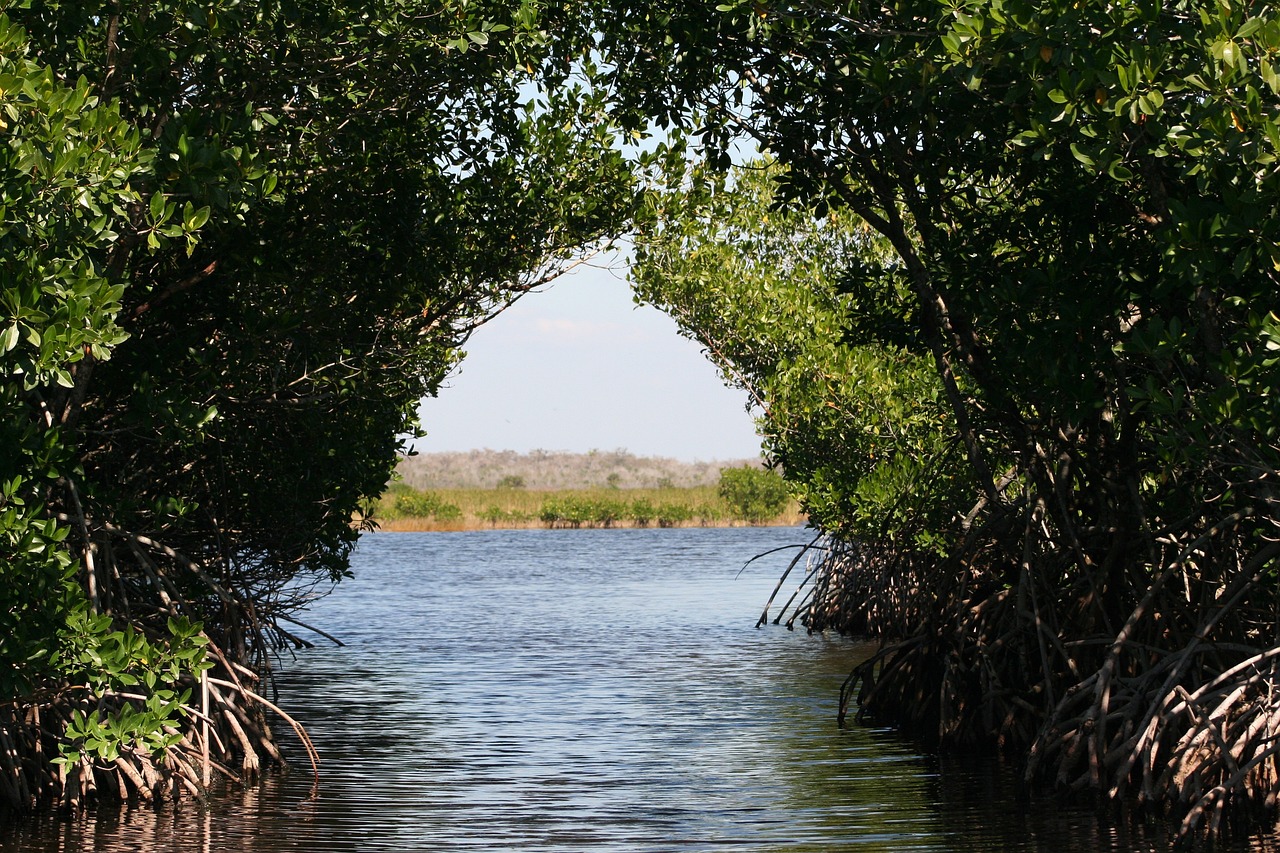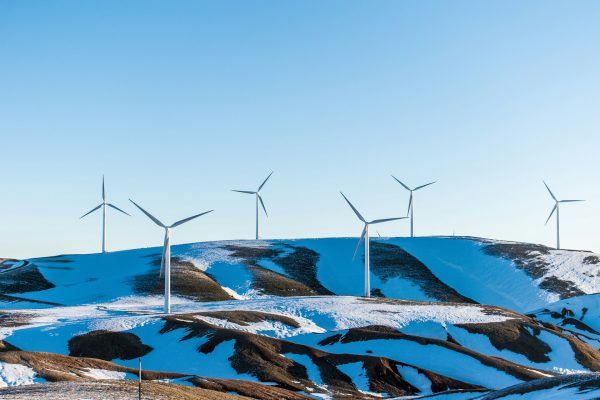Carbon markets have emerged as a vital tool in the global fight against climate change, fostering the exchange of carbon credits to incentivise emissions reductions and support sustainable projects. However, delving into this complex landscape reveals that not all carbon credits are created equal. The value of these credits is contingent upon key factors, primarily determined by whether the project falls under the category of avoidance or removal, as well as the specific sector from which it emerges. Buyers and sellers of carbon credits are confronted with one fundamental choice – what kind of carbon credit do they want to trade. Before making that decision, it is important to explore the various options available to stakeholders across the spectrum.
Avoidance versus Removals
The first layer of distinction is whether a project is categorised as an avoidance project or a removal project.
Avoidance credits:
Avoidance based credits are generated by projects that prevent or avoid the release of greenhouse gas (GHG) emissions that would have occurred in the absence of the project. These projects focus on reducing or eliminating emissions by implementing cleaner technologies, energy efficiency measures, or adopting sustainable practices. The emissions reduction is measured by comparing the project’s emissions to a baseline scenario where the project does not exist. Avoidance carbon credits are typically associated with projects in sectors such as renewable energy (solar, wind, hydropower, geothermal, etc.) energy efficiency (waste heat recovery, etc.), waste management (biogas, composting, etc.), transportation, etc.
Example of an Avoidance Project: A wind farm project that displaces the need for electricity generated from fossil fuel-based power plants. The wind farm generates clean energy, avoiding the emissions that would have been released if the electricity were produced from coal or natural gas.
Removal credits
Removal based credits are generated by projects that actively remove or sequester carbon dioxide (CO2) from the atmosphere, thereby reducing the concentration of greenhouse gases. These projects involve activities like afforestation (planting new forests), reforestation, or the implementation of carbon capture technologies. Removal carbon credits quantify the amount of CO2 removed from the atmosphere by the project. These credits are often associated with nature-based solutions (NBS) projects, direct air capture (DAC) facilities, Enhanced Rock Weathering (ERW), etc.
Example of a Removal Carbon Credit Project: A reforestation project that plants trees in an area where forests have been previously cleared. As the trees grow, they absorb and store carbon dioxide from the atmosphere through photosynthesis, contributing to carbon sequestration and the removal of CO2 emissions.
While both avoidance and removal carbon credits contribute to emissions reductions, they differ in their approach. Avoidance credits focus on preventing emissions from occurring, while removal credits actively remove or sequester existing carbon dioxide from the atmosphere. Both types of credits play a crucial role in mitigating climate change and achieving carbon neutrality or negative emissions.
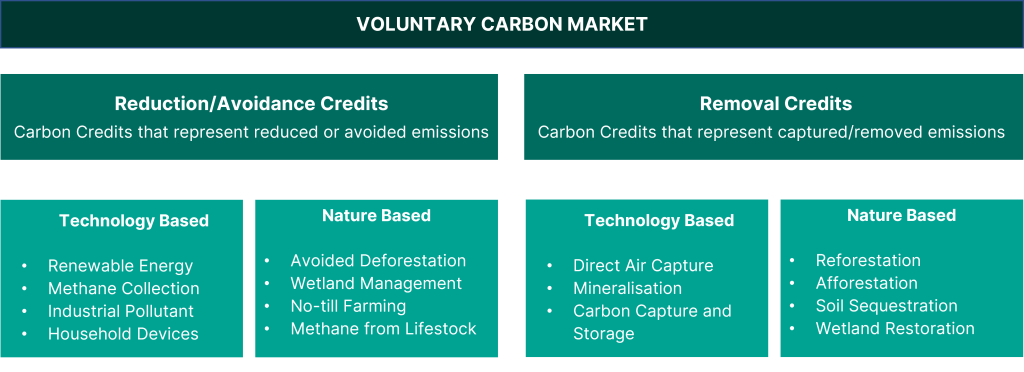
Sectoral Scope for Carbon Projects
The second layer of distinction exists based on the sector from which a carbon project is emerging. Different sectors of the economy contribute varying levels of greenhouse gas (GHG) emissions, and the demand for carbon credits can be influenced by sector-specific factors. The major sectors generating carbon credits are:
1. Clean Energy
Clean energy projects play a significant role in the Voluntary Carbon Market (VCM) as they contribute to reducing greenhouse gas (GHG) emissions and promoting the transition to a low-carbon economy. These projects involve the generation of renewable energy or the implementation of energy efficiency measures. Renewable energy projects are forecast to grow by 2400 GW between 2022 and 2027, indicating a 90% increase in global power capacity over this period of time. The scope of clean energy projects in the VCM context can include:
a) Renewable Energy Generation: Clean energy projects in the VCM focus on the production of electricity or heat from renewable sources, which typically have lower, or zero carbon emissions compared to fossil fuel-based energy generation. Examples include:
Solar Power Projects: Photovoltaic (PV) systems or concentrated solar power (CSP) projects that harness solar energy to generate electricity.
Wind Power Projects: Onshore or offshore wind farms that convert wind energy into electricity.
Hydropower Projects: Projects that utilize flowing or falling water to generate electricity, such as run-of-river hydropower or large-scale dam projects.
Biomass Energy Projects: Projects that generate electricity or heat from organic materials, such as agricultural residues, forestry by-products, or dedicated energy crops.
Geothermal Energy Projects: Projects that utilise heat from the Earth’s crust to generate electricity or heat for various applications.
b) Energy Efficiency and Demand-Side Management: Clean energy projects in the VCM also encompass initiatives that promote energy efficiency, reduce energy consumption, and optimise energy use. These projects aim to minimise energy waste and GHG emissions by improving energy efficiency in buildings, industries, transportation, and appliances. Examples include:
Building Retrofit Projects: Upgrading buildings with energy-efficient technologies, insulation, efficient lighting, HVAC systems, and smart energy management systems.
Industrial Efficiency Projects: Implementing energy-efficient processes, equipment upgrades, waste heat recovery, or cogeneration systems in industrial facilities.
Efficient Transportation Projects: Promoting the use of electric vehicles (EVs), hybrid vehicles, efficient public transportation systems, or alternative fuels to reduce emissions from transportation.
c) Decentralised Renewable Energy Systems: Clean energy projects can also involve decentralised or off-grid renewable energy solutions that provide clean and sustainable energy access to communities without reliable access to centralised grid infrastructure. These projects often rely on solar panels, small wind turbines, or mini-grids to provide electricity in remote or underserved areas.
The carbon credits generated by clean energy projects in the VCM represent the avoided or reduced emissions that result from displacing fossil fuel-based energy generation with renewable sources or implementing energy efficiency measures. These credits can be purchased by individuals, organisations, or companies to offset their own carbon emissions voluntarily, demonstrating their commitment to supporting clean energy and addressing climate change.
While renewable energy projects have the ability to dramatically transform energy supply chains if upscaled, the sector has its own challenges.
As renewable energy projects become efficient and commercially viable, the cost of renewable energy is projected to dip below that of fossil fuel which will no longer satisfy the additionality principle. In middle-income and high-income countries, renewable energy development has already received massive momentum from national policies and organisational commitments. It is the low-income countries that are finding it difficult to develop renewable energy, carbon offsets for them can help provide them with the much-needed funding to sustain and scale the projects.
2. Waste Management
India generates close to 40 million tonnes of Municipal Solid waste (MSW) annually and is expected to cross 125 million tonnes by 2030. Solid waste management practices release high quantities of GHGs into the atmosphere, creating opportunities for carbon mitigation which can eventually become tradable carbon credits. Solid Waste management strategies while earning governments and project developers carbon credits under the UNFCCCC/VCM mechanism can also take the world closer to realising the goals under Agenda 2030. SDGs 3,7,8,11,12 and 13 in particular stand to benefit from better solid waste management. Within the waste management sector, some of the projects that are commonly considered are:
a) Composting: These projects involve organic waste decomposition, sequestering carbon, enriching soils, and reducing methane emissions, fostering sustainable agriculture and circular resource management.
b) Biogas: These projects harness methane emissions from organic waste, generating renewable energy, reducing greenhouse gases, and promoting sustainable waste-to-energy solutions with positive climate and environmental impacts.
c) Plastic Recycling: These projects divert plastic waste from landfills and oceans, transforming it into reusable materials, minimising resource consumption, and mitigating pollution.
Solid waste management strategies will be crucial in the fight against climate change. Emissions from landfill account for 5% of all GHG emissions and 12% of the world’s methane emissions. At present, globally 70% of all solid waste end up in landfill, 19% of the waste is recovered through composting and recycling and a meagre 11% is converted to energy through incineration or other waste-to-energy technologies.
3. Nature Based Solutions
Nature-Based Solutions (NBS) refer to specific projects or initiatives that reduce greenhouse gas (GHG) emissions or remove carbon dioxide (CO2) from the atmosphere through nature-based processes. NBS projects aim to protect and enhance biodiversity to sustain life on the planet. They attempt to avoid and reduce emissions through nature conservation and nature restoration projects. By conserving, restoring and managing natural ecosystems such as forests, wetlands and oceans these projects enhance the ability of the natural environment to absorb and store carbon from the atmosphere, thereby contributing to reducing climate change. Between 2015-2021, NBS made up 43% of the carbon offsets market. These projects generate carbon credits that can be sold in the VCM, allowing individuals, organisations, or companies to voluntarily offset their carbon footprint.
The following types of projects are commonly considered as Nature-Based Solutions in the Voluntary Carbon Market:
a) Afforestation and Reforestation: These projects involve establishing new forests (afforestation) or replanting forests on land that was previously forested but has been deforested or degraded (reforestation). By planting trees, these projects contribute to carbon sequestration, biodiversity conservation, soil health improvement, and watershed protection.
b) Forest Conservation: Forest conservation projects focus on preventing deforestation or degradation of existing forests. By safeguarding forests from activities like logging, agriculture expansion, or infrastructure development, these projects help maintain carbon stocks and preserve biodiversity, while avoiding the release of stored carbon dioxide.
c) Agroforestry and Sustainable Farming: Agroforestry projects combine agriculture with tree planting or forest management techniques. They integrate trees with crops or livestock, providing multiple benefits such as improved soil health, enhanced biodiversity, increased carbon sequestration, and sustainable agricultural practices.
d) Improved Forest Management: These projects implement sustainable forest management practices to ensure forests’ long-term health and resilience. They often involve activities such as selective logging, reforestation of degraded areas, and forest fire prevention. By promoting responsible forestry practices, these projects contribute to carbon storage and biodiversity conservation.
e) Blue Carbon Projects: Blue carbon refers to carbon sequestered and stored in coastal and marine ecosystems, including mangroves, seagrasses, and salt marshes. Blue carbon projects focus on the conservation, restoration, or sustainable management of these ecosystems, which are highly effective at sequestering and storing carbon. These projects also provide additional benefits such as coastal protection and habitat preservation.
f) Soil Carbon Sequestration: Projects that enhance soil carbon sequestration involve implementing sustainable land management practices like conservation agriculture, organic farming, or reforestation of degraded lands. These practices enhance soil health, increase organic matter content, and sequester carbon dioxide in the soil.
These Nature-Based Solutions projects generate carbon credits by quantifying the emissions reductions or carbon removal achieved through activities like tree growth(stored biomass), avoided deforestation, or increased soil carbon levels. Given their contributions to environmental conservation NbS carbon credits are traded at a premium and the demand for them has been on the rise.
As demand increases there is an opportunity for project developers to move beyond traditional activities and innovate new ways to capture carbon through NbS- blue carbon projects are one such example. The coastal ecosystem (mangroves, tidal marshes and seagrass meadows) provides numerous benefits and services that are essential for slowing down sea-level rise and protecting communities settled along the coast from the same. It is estimated that upto 67% of global mangrove coverage and 29% of seagrass meadows have been lost and if current rates of natural capital consumption continue 30-40% of the tidal marshes and seagrasses along the coast will be lost in the next 100 years. Thus, blue carbon ecosystems are extremely valuable, and their corresponding carbon offset value is high as well. Monetising mangrove plantation projects along the coast could not only help vulnerable communities located along the coast earn finance but also ensure there is a continuous stream of funds to support the reforestation project.
Thus, NBS projects provide opportunities to address climate change while delivering co-benefits such as biodiversity conservation, sustainable job creation, improved water quality and enhanced resilience to climate change impacts. NBS is also deemed one of the most cost-effective ways to deal with climate change; compared to other carbon dedication strategies such as engineered carbon capture and storage, NBS projects are inexpensive with almost no long-term maintenance costs.
4. Direct Air Capture
Direct Air Capture (DAC) is a technology that uses chemical reactions to pull carbon dioxide out of the atmosphere. Chemicals selectively react with and trap carbon dioxide allowing other components of the air to pass through. Once the CO2 is captured, heat is applied to release it from the chemical solvent, thereby regenerating the solvent for another capture cycle. DAC has witnessed an increase in interest and investment over the past few years and a growing number of companies are entering the space. At present, DAC projects supply 8% of credits to the carbon markets.
Given the urgency of global carbon removal action, DAC projects are gaining more traction. To avoid climate change it won’t be enough to just reduce emissions, CO2 will need to be removed from the atmosphere and the oceans. Though carbon removal projects have been expanding, at the last count in 2021, 10,000 tonnes of CO2 had been removed from the atmosphere – 1 million short of the annual requirement.
The cost of a DAC project can range from USD 250- USD 600 per tonne depending on the scale of the project. It is wildly expensive compared to reforestation projects which cost less than USD 50 per tonne. In the next 5-10 years as the number of DAC projects increase and the government introduces supportive policies, the cost of DAC projects could fall to USD 150-200 per tonne. DAC projects can be expensive as capturing CO2 from the atmosphere (as opposed to the point source of emissions) is challenging as in the atmosphere CO2 rests in a diluted state. The high costs associated with DAC projects can be attributed to the larger climate benefits than in other projects- DAC projects ensure direct geologic sequestration of carbon, ensuring that the CO2 is removed from the carbon forever.
The captured CO2 can also be used in food processing or be combined with hydrogen to produce synthetic fuels. DAC projects, concentrated in Europe and North America mainly capture CO2 for utilisation- though there are very few commercial agreements in place to sell and store captured CO2. Two technological approaches are currently in use to capture CO2 from the air.
a) Solid-DAC: solid adsorbents operate at ambient to low pressure and medium temperature to capture the CO2 from the atmosphere
b) Liquid-DAC: An aqueous basic solution releases the captured CO2 through a series of units operating at a high temperature
CO2 dioxide removal needs to happen at a multi-billion tonne scale if the world is serious about meeting its NDCs and goals under the Paris Agreement. Large-scale carbon renewal will require a portfolio of approaches- including DAC. Early investments in DAC can help accelerate the task of carbon removal and reduce future costs associated with it. National governments have woken up to the role DAC projects can play in fighting climate change; The US has introduced policies to support R&D for DAC projects, and the European Commission has been supporting DAC through various research and innovation programmes as well.
DAC credits are traded in the VCM, and increasingly giant MNCs such as Microsoft and Airbus are purchasing future DAC removal to offset their CO2 emissions. Given the nascent stage the sector is in some of the carbon trade takes place through a hybrid arrangement– wherein the company purchasing the offset is effectively supporting the capital investment to build the DAC plant that is eventually going to capture CO2 from the atmosphere. To ensure that trade in DAC carbon credits expands there is a need to develop internationally agreed approaches for the certification and accounting of carbon removal by DAC- based on life cycle assessment (LCA).
The pricing dynamics of carbon credits in the market are intrinsically tied to two essential themes discussed above: the nature of the project and the sector it belongs to. Understanding whether a project generates avoidance credits or removal credits is paramount in assessing its emissions reduction impact. Additionally, the sector from which the project emerges—whether it operates in clean energy, waste management, nature-based solutions, or direct air capture—further influences its value. Recognising the significance of these key factors enables market participants to make informed decisions, support impactful initiatives, and drive sustainable change.
